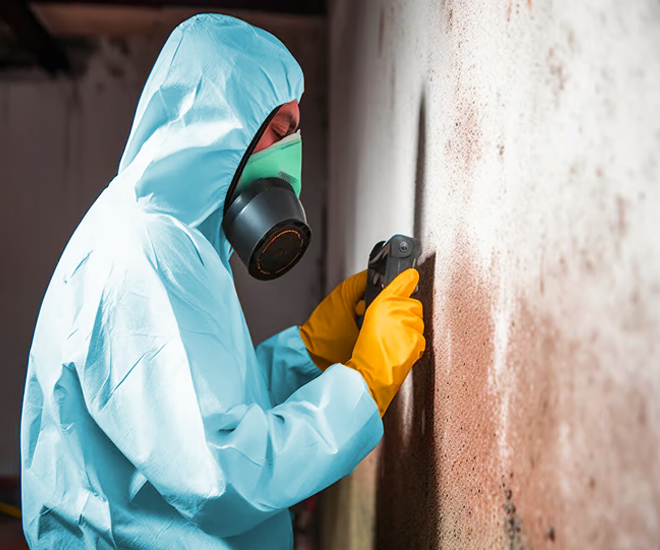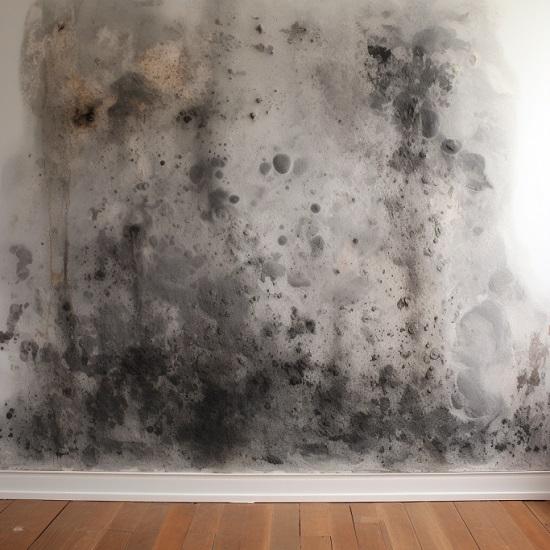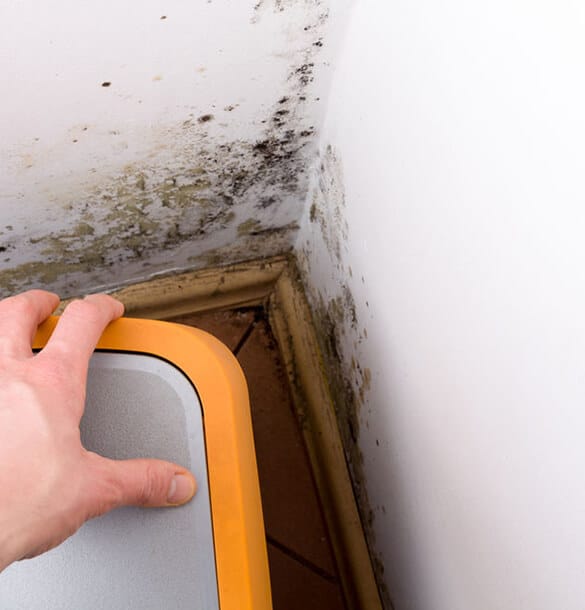Important Actions After Mold Remediation
Important Actions After Mold Remediation
Blog Article
Your Ultimate Guide to Post Mold And Mildew Removal Methods
In the consequences of mold and mildew infestation, understanding exactly how to effectively remove the mold and mildew and prevent its reoccurrence is paramount for preserving a healthy and balanced interior environment. From choosing the right cleansing and decontaminating approaches to carrying out strategies for lasting mold and mildew avoidance, each action in the removal journey plays an important duty in ensuring a successful result.
Comprehending Post-Mold Remediation Refine
After completing the mold remediation procedure, it is critical to recognize the post-mold removal strategies that are necessary to ensure a efficient and complete clean-up. When the mold has been removed, the next action entails cleaning and sanitizing the impacted areas to stop any type of regrowth of mold. This consists of making use of specialized cleaning agents to clean down surface areas and eliminate any continuing to be mold and mildew spores. It is important to dry out the area totally to dissuade the growth of mold in the future (testing air quality after mold remediation). Correct ventilation and dehumidification can aid in this procedure.
Furthermore, performing a last inspection post-remediation is essential to make certain that all mold and mildew has actually been effectively eradicated. This assessment must involve a complete aesthetic check as well as perhaps air tasting to verify the lack of mold spores airborne. Extra removal might be needed if the inspection discloses any type of remaining mold. Last but not least, educating passengers on precautionary steps such as regulating moisture levels and without delay dealing with any water leakages can help preserve a mold-free environment.
Efficient Cleansing and Sanitizing Methods

Avoiding Future Mold Growth

Relevance of Appropriate Air Flow
Appropriate ventilation plays an important function in stopping moisture buildup, an essential element in mold growth within indoor atmospheres. Reliable ventilation systems assist eliminate excess moisture from the air, reducing the opportunities of mold and mildew spores locating the wetness they require to spread out and germinate. Without ample ventilation, interior rooms can end up being a breeding place for mold, resulting in prospective health dangers and architectural damage.
By guaranteeing appropriate air blood circulation, air flow systems can also aid in drying out wet areas more quickly after water damages or flooding occurrences, better discouraging mold development. Post Remediation verification. In spaces like shower rooms, attics, basements, and cooking areas where wetness levels tend to be greater, mounting and keeping reliable ventilation systems is vital in stopping mold and mildew infestations

Tracking and Maintenance Tips
Given the critical duty that correct ventilation plays in stopping mold growth, it is vital to establish reliable surveillance and maintenance pointers to make sure the ongoing capability of ventilation systems. Tracking moisture degrees within the building is additionally crucial, as high humidity can contribute to mold development. By remaining attentive and aggressive to the problem of air flow systems, residential or commercial property owners can properly mitigate the threat of mold regrowth and preserve a healthy and balanced interior environment.
Conclusion
To conclude, post-mold removal strategies are necessary for guaranteeing a risk-free and tidy setting. Recognizing the procedure, executing effective cleaning and decontaminating methods, stopping future mold and mildew growth, maintaining proper air flow, and regular monitoring are all critical steps in the remediation procedure. By adhering to these guidelines, you can effectively get rid of mold and mildew and avoid its return, functioning or advertising a healthy and balanced living area for all owners.
In the results of mold problem, recognizing exactly how to effectively get rid of the mold and mildew and prevent its reoccurrence is extremely important for maintaining a healthy indoor environment. When the mold and mildew has actually been eliminated, the following step involves cleaning and disinfecting the influenced areas to avoid any regrowth of mold and mildew - what to do after mold remediation. After eliminating noticeable mold and mildew development, it is critical to cleanse all surfaces in the affected area to eliminate any type of remaining mold spores. To further boost mold prevention measures, it is vital to resolve underlying issues that at first led to mold development.Offered the critical function that correct ventilation plays in avoiding mold and mildew development, it is essential to develop effective monitoring and maintenance tips to make certain the continued performance of ventilation systems
Report this page